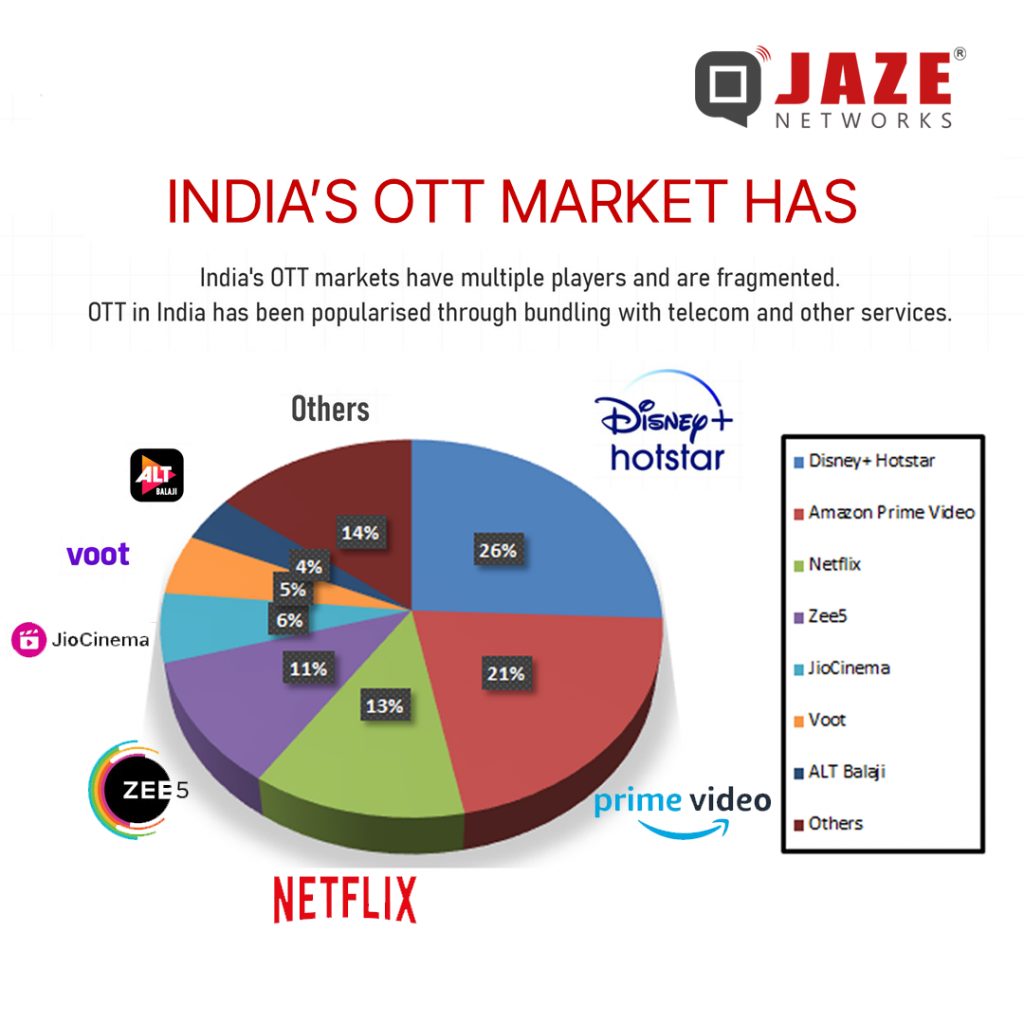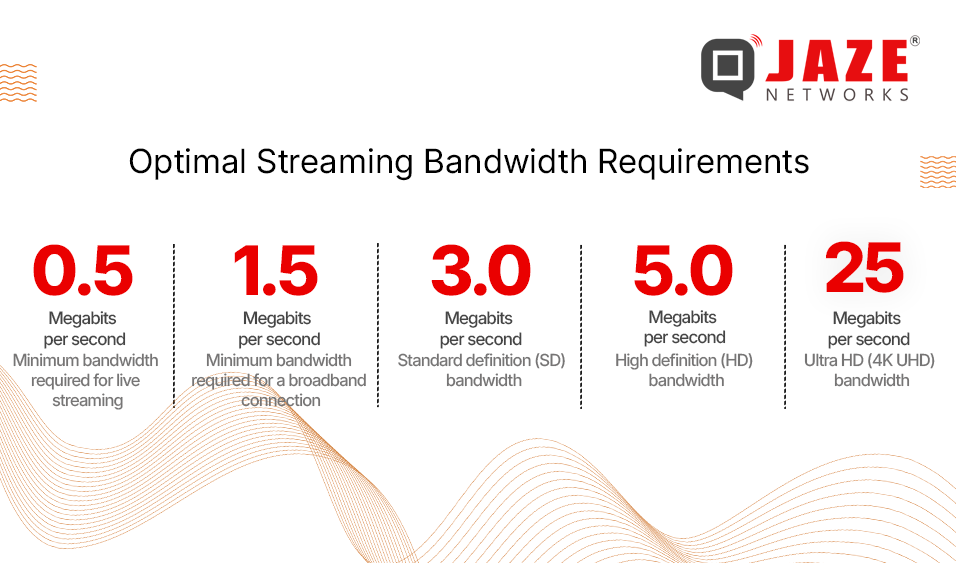




In recent years, India’s Over-the-Top (OTT) sector has witnessed exponential growth, transforming the way content is consumed across the nation. With the advent of affordable internet and the proliferation of smartphones, OTT platforms have become the go-to source for entertainment, news, and more. But Who Dominates India’s OTT Sector?
India’s OTT landscape is dominated by a few key players, each bringing something unique to the table. The most prominent platforms include Disney+ Hotstar, Amazon Prime Video, Netflix, and JioCinema. These platforms have carved out significant market shares by offering a diverse range of content tailored to the varied tastes of Indian audiences.

Disney+ Hotstar leads the pack with its extensive library of local and international content, including exclusive rights to stream major sports events like the Indian Premier League (IPL). This has made it a household name, especially among sports enthusiasts.
Amazon Prime Video follows closely, known for its vast collection of movies, TV shows, and original content. The platform’s investment in regional content has paid off, attracting a broad audience base across different linguistic demographics.
Netflix, while a global giant, has tailored its strategy to cater to Indian viewers by producing high-quality local content and acquiring rights to popular Bollywood films. Its focus on original series and movies has helped it gain a loyal subscriber base.
JioCinema, backed by Reliance Jio, leverages its extensive telecom network to offer affordable streaming services. Its integration with Jio’s telecom services provides a seamless experience for users, making it a strong contender in the market.
The Indian OTT market is characterized by its rapid growth and dynamic nature. As of 2024, the market is expected to exceed $10 billion, with over 500 million active users. This growth is driven by several factors:
Despite the optimistic outlook, the OTT sector faces challenges, including:
However, these challenges also present opportunities. The increasing demand for on-demand content and the integration of advanced technologies like AI and blockchain can help platforms differentiate themselves and offer unique value propositions to their users.
The future of India’s OTT sector looks promising. With the continuous rise in internet penetration and the growing preference for digital content, the market is poised for further expansion. Platforms that can innovate and adapt to the evolving preferences of Indian viewers will likely emerge as leaders in this space.
As the market continues to expand, driven by technological advancements and changing consumer behaviors, platforms that prioritize content diversity, user experience, and strategic partnerships are likely to maintain a competitive edge in this burgeoning industry.
Today all ISPs need to provide OTT services as a value add-on to retain subscribers and improve customer satisfaction. Jaze ISP manager integrates with all leading OTT platforms and OTT aggregators to automate billing for OTT services as well as activate and deactivate OTT services directly without manual intervention. Click here to learn more.
Bandwidth is the amount of data transmitted over a network connection in a given time, measured in bits per second (bps) or megabits per second (Mbps). For streaming, it refers to the data sent and received by your device.
Several factors influence the amount of bandwidth needed for streaming:

Live streaming requires more bandwidth due to real-time data transmission, while on-demand streaming can buffer content, making it more forgiving on bandwidth. Each streaming platform has its own bandwidth recommendations. For example, YouTube suggests a minimum of 3 Mbps for 720p at 30 fps and 6 Mbps for 1080p at 60 fps. Twitch recommends 3-6 Mbps for most streams.
To calculate your bandwidth needs, use the formula: Bandwidth (Mbps) = Video bitrate (Mbps) + Audio bitrate (Mbps). For instance, 1080p streaming with a 4 Mbps video bitrate and 0.5 Mbps audio bitrate requires 4.5 Mbps total. Add a buffer (25-50%) to account for internet speed fluctuations.
Choosing the Right Codec:
Reducing Video Quality and Frame Rate:
Wired vs. Wireless Connections:
Monitoring and Troubleshooting Bandwidth Issues:
By considering factors like video quality, frame rate, and internet connection, you can estimate your bandwidth needs and make necessary adjustments. Implementing the right strategies will help you enjoy high-quality streams without interruptions.
Jaze ISP Manager provides comprehensive tools for monitoring bandwidth usage, offering real-time insights and detailed usage reports. ISPs can also remotely troubleshoot Wi-Fi issues by gaining insights on connected Wi-Fi devices and signal strength directly from Jaze ISP Manager’s dashboard. Additionally, it allows ISPs to optimize streaming bandwidth by analyzing usage patterns and recommending adjustments to ensure seamless video and audio playback for end-users. Click here for more information.